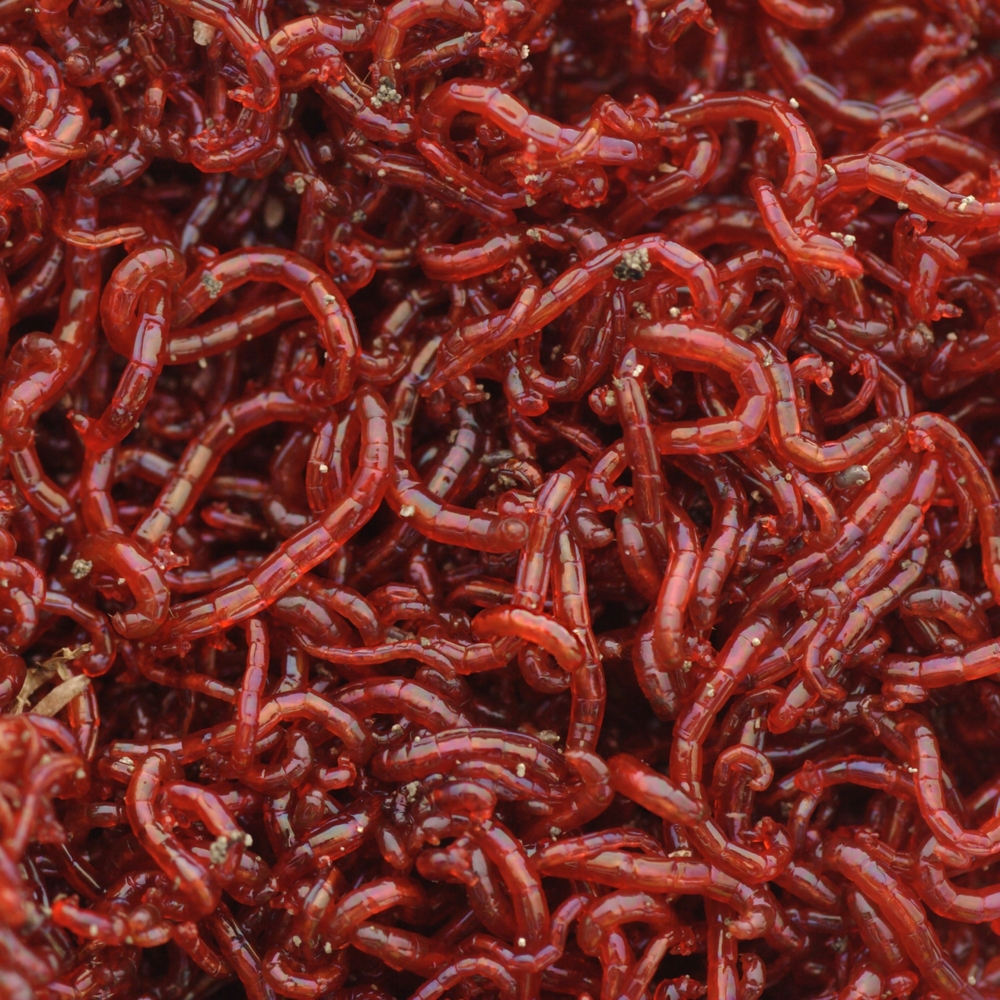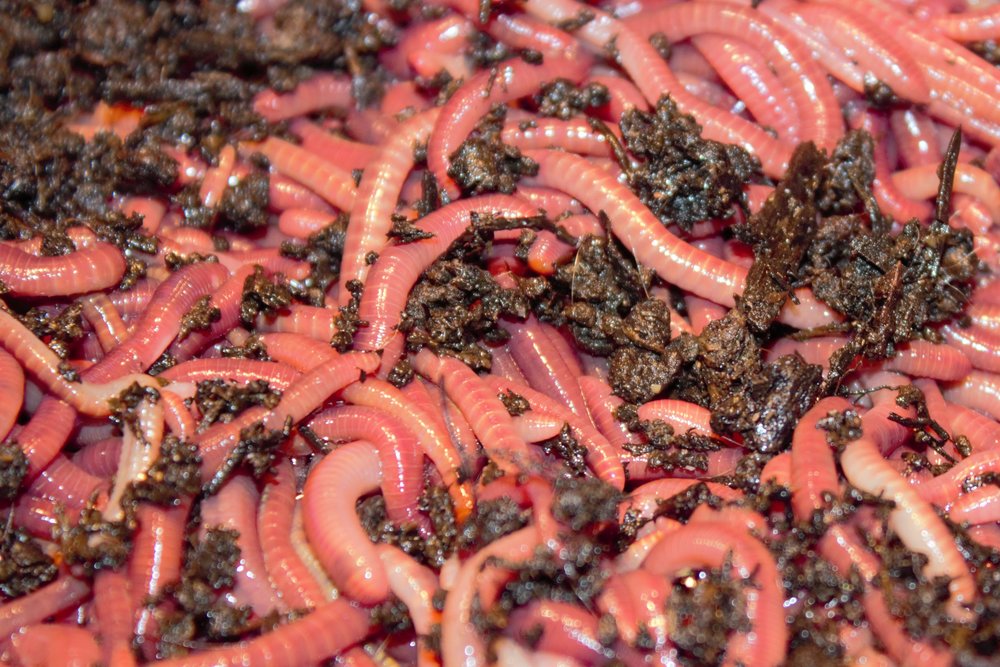Red wigglers: Their role in reducing waste
Red wigglers: Their role in reducing waste
Blog Article
The Duty of Red Wigglers in Sustainable Horticulture
The combination of red wigglers into sustainable gardening techniques provides a compelling technique to boosting soil wellness and decreasing organic waste. The implications of using red wigglers prolong beyond mere composting; their function in forming a more sustainable future warrants a deeper exploration of their advantages and functional applications.
Comprehending Red Wigglers
Red wigglers, scientifically referred to as Eisenia fetida, are a varieties of earthworm renowned for their duty in sustainable horticulture and composting practices - red wigglers. These worms flourish in decomposing natural issue, making them especially reliable in converting kitchen area scraps and yard waste right into nutrient-rich compost. Unlike standard earthworms, red wigglers have a greater tolerance for varying dampness levels and can flourish in settings with abundant natural product
(Lake Hickory Bait)Classically, red wigglers are smaller than their earthworm equivalents, generally gauging between 3 to 4 inches in size. They have a reddish-brown coloration and have a segmented body structure that assists in their burrowing and feeding tasks. These organisms are hermaphroditic, meaning each individual has both male and female reproductive body organs, which enables efficient populace development under optimum conditions.
The environment choices of red wigglers consist of moist, dark environments rich in natural material, such as garden compost bins or worm ranches. Their environmental duty prolongs past composting; they are essential in freshening the soil and facilitating vitamins and mineral cycling, which inevitably contributes to healthier yard communities. red wigglers. Recognizing the biology and habits of red wigglers is essential for those seeking to apply efficient vermicomposting in lasting horticulture
Benefits of Vermicomposting
Vermicomposting offers countless benefits that improve lasting horticulture practices and add to environmental health and wellness. Among the key benefits is the improvement of organic waste right into nutrient-rich garden compost, which boosts soil structure and fertility. The castings generated by red wigglers are loaded with useful bacteria and crucial nutrients, making them an outstanding natural plant food.
In addition, vermicomposting significantly decreases garbage dump waste. By drawing away kitchen area scraps and lawn waste from garbage dumps, this technique not just reduces methane discharges-- a powerful greenhouse gas-- but also advertises a round economy, where waste is repurposed as a source.
Another advantage is the improvement of dirt aeration and drainage (red wigglers). The burrowing activity of red wigglers creates networks in the soil, permitting air and water to penetrate even more easily, thus promoting a much healthier root system for plants
Moreover, vermicomposting can be done on a little scale, making it accessible for urban garden enthusiasts and those with minimal space. This technique urges ecological stewardship and awareness, as people come to be extra involved with their waste monitoring techniques. Inevitably, vermicomposting stands for a sustainable, efficient, and green method to gardening that benefits both plants and the earth.
Exactly How to Begin Vermicomposting
Starting your very own vermicomposting system can be a rewarding undertaking that improves your sustainable horticulture methods. To begin, select an ideal container, such as a plastic bin or wooden box, with great drainage and air flow. The dimension will rely on the quantity of kitchen area scraps you generate; a container of 10-14 gallons typically is adequate for a house.
Next, prepare the bedding product. Shredded newspaper, cardboard, and coconut coir are outstanding alternatives, supplying a comfortable environment for the red wigglers. Objective for a bed linens depth of about 4-6 inches, which ought to be moist but not soggy.
When the bed linens is developed, introduce your worms. Red wigglers (Eisenia fetida) are one of the most suitable for composting. Start with about one pound of worms for every single 2-3 pounds of cooking area scraps weekly.
Begin adding kitchen area waste, avoiding meat, milk, and oily foods, find here as these can attract bugs and develop odors. Frequently keep track of the container's moisture levels and temperature level, ensuring it stays within the ideal variety for worm activity. With these first steps, you'll be well on your way to producing nutrient-rich garden compost for your garden.
Preserving a Healthy And Balanced Worm Container
A flourishing worm bin requires constant treatment and focus to maintain an optimum setting for the red wigglers. Key elements to check include wetness levels, temperature, and food supply. Preserving a wetness degree comparable to a wrung-out sponge is essential; way too much water can bring about anaerobic conditions, while as well little can dehydrate the worms.
Temperature level is also important, as red wigglers grow in a variety of 55 to 77 degrees Fahrenheit. Extreme temperatures can worry the worms, possibly bring about death. Putting the bin in a climate-controlled location or using protecting materials can assist regulate temperature level changes.

Lastly, aeration is crucial. Consistently turning the bedding and utilizing a fork or shovel can avoid compaction and advertise air flow, guaranteeing a healthy and balanced, flourishing environment for the red wigglers. By sticking to these methods, garden enthusiasts can preserve a productive worm container that supports lasting gardening efforts.
Effect On Soil Health
Enhancing dirt health with making use of red wigglers is an essential aspect of sustainable horticulture. These worms, known clinically as Eisenia fetida, play a critical function in improving soil framework and fertility. By consuming raw material, red wigglers break down complicated products into easier substances, a process understood as vermicomposting. Completion product, worm castings, is abundant in important nutrients, consisting of nitrogen, phosphorus, and potassium, which are vital for plant growth.

(Worm Farms Near Me)Research studies have actually revealed that soils enhanced with worm spreadings show enhanced microbial activity and enhanced fertility, bring about higher crop yields. By incorporating red wigglers into horticulture methods, garden enthusiasts not only enhance their soil yet additionally add to a more sustainable agricultural system, highlighting the interconnectedness of dirt wellness and ecological stewardship.

Verdict
In verdict, red wigglers substantially contribute to sustainable horticulture with their effective vermicomposting practices. By advertising waste decrease and promoting a circular economic situation, red wigglers arise as necessary elements in eco-friendly horticulture campaigns, highlighting their important role in ecological sustainability.
Report this page